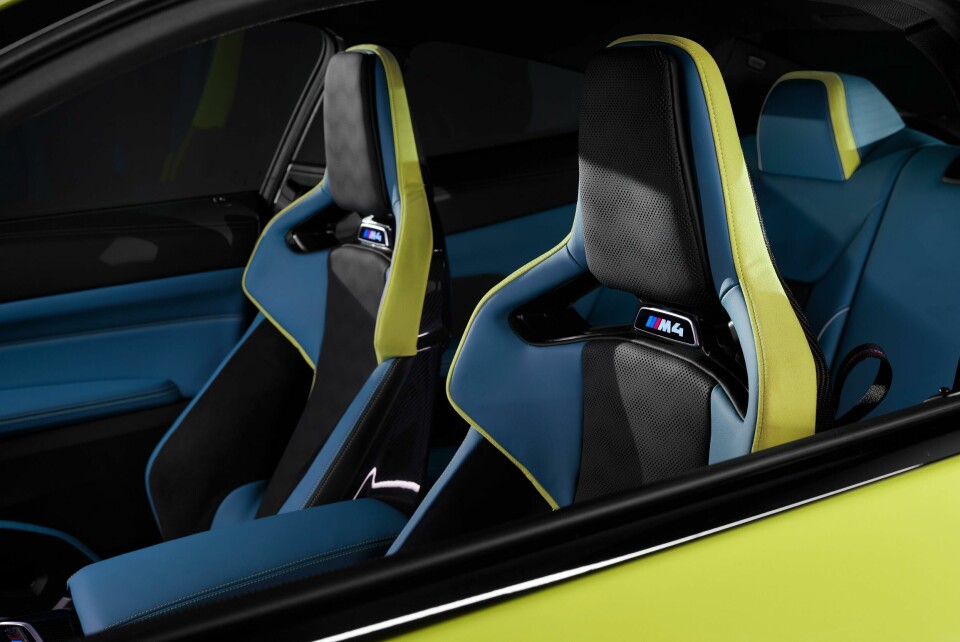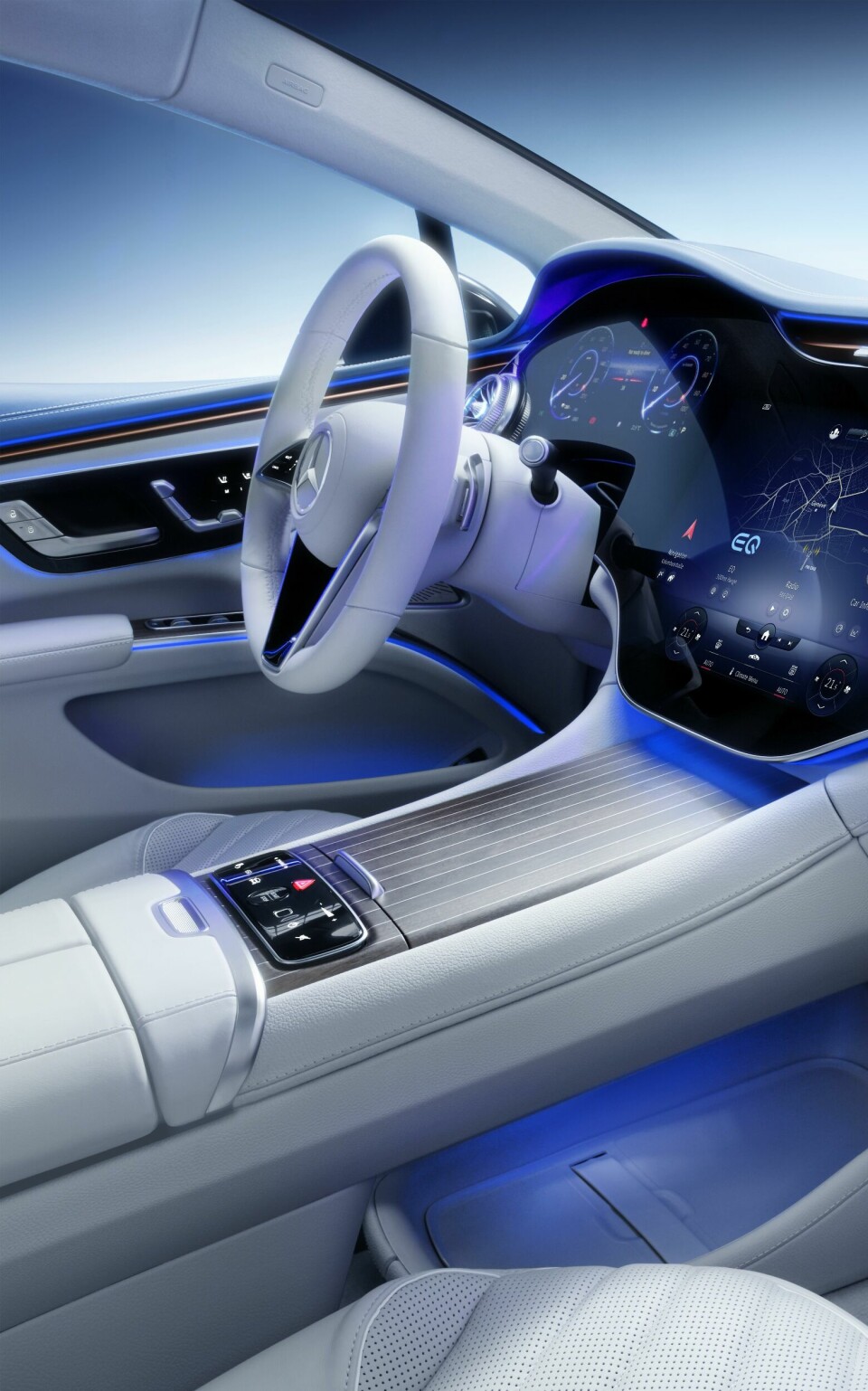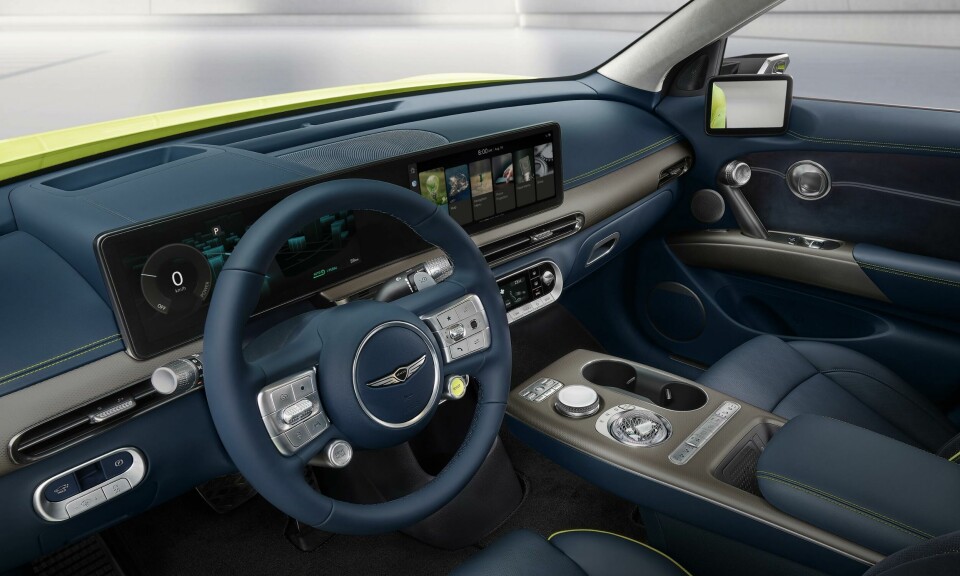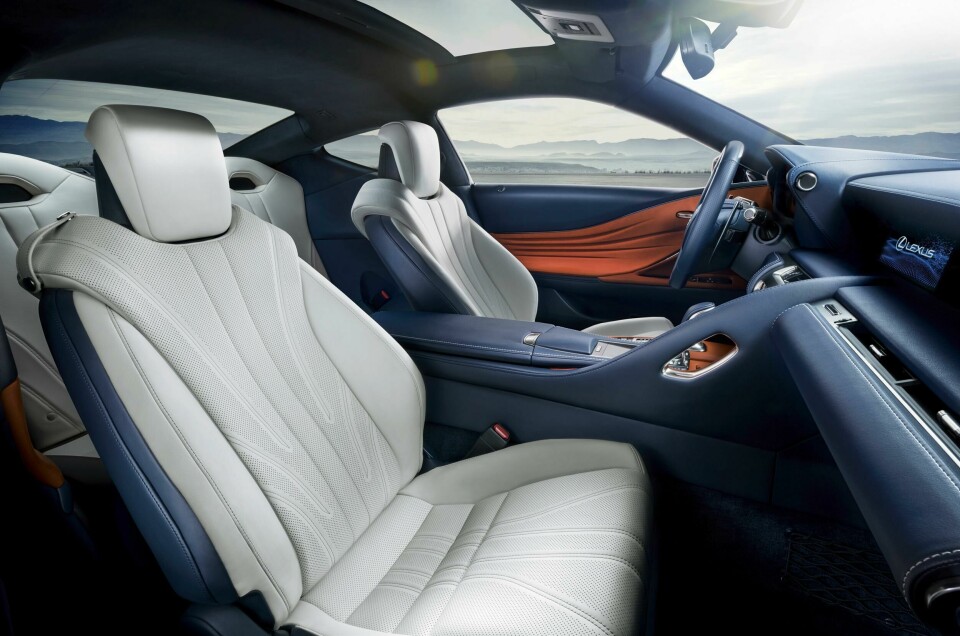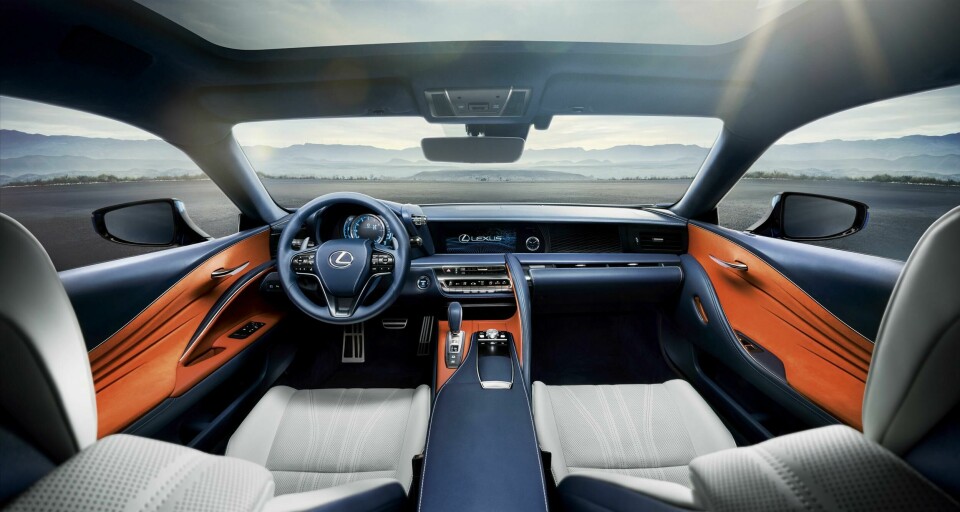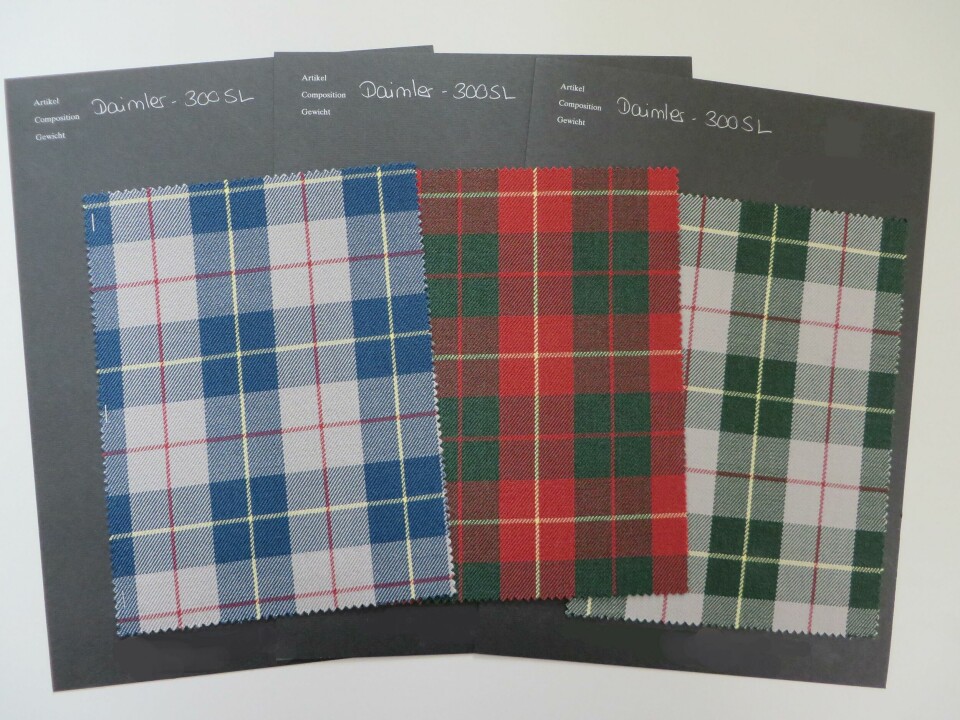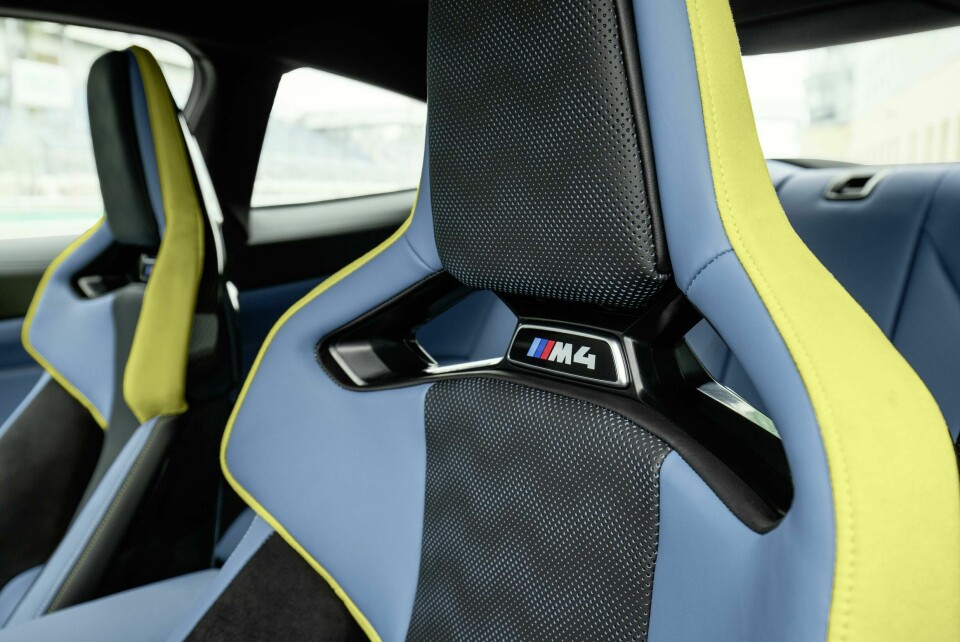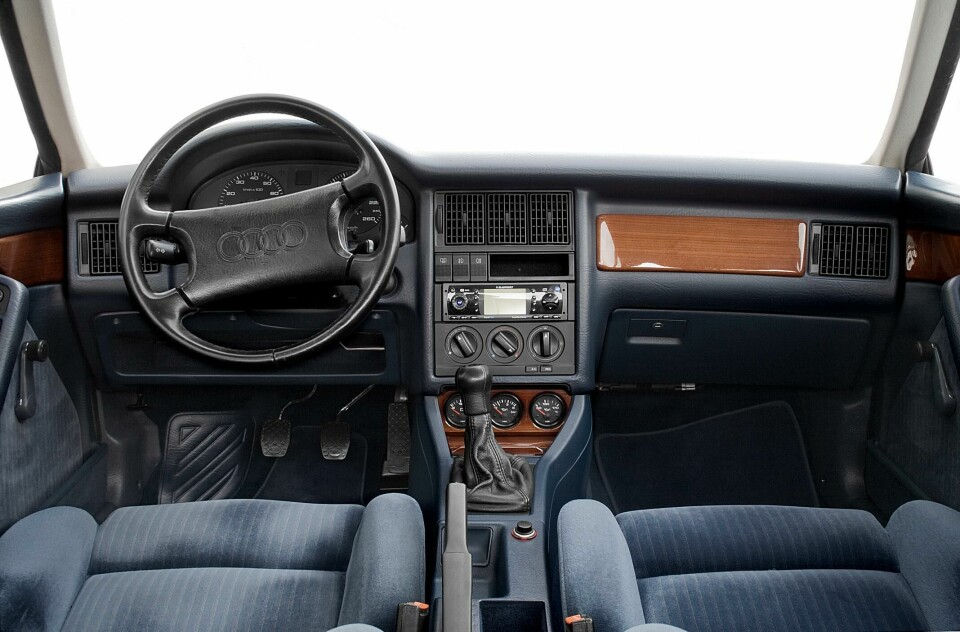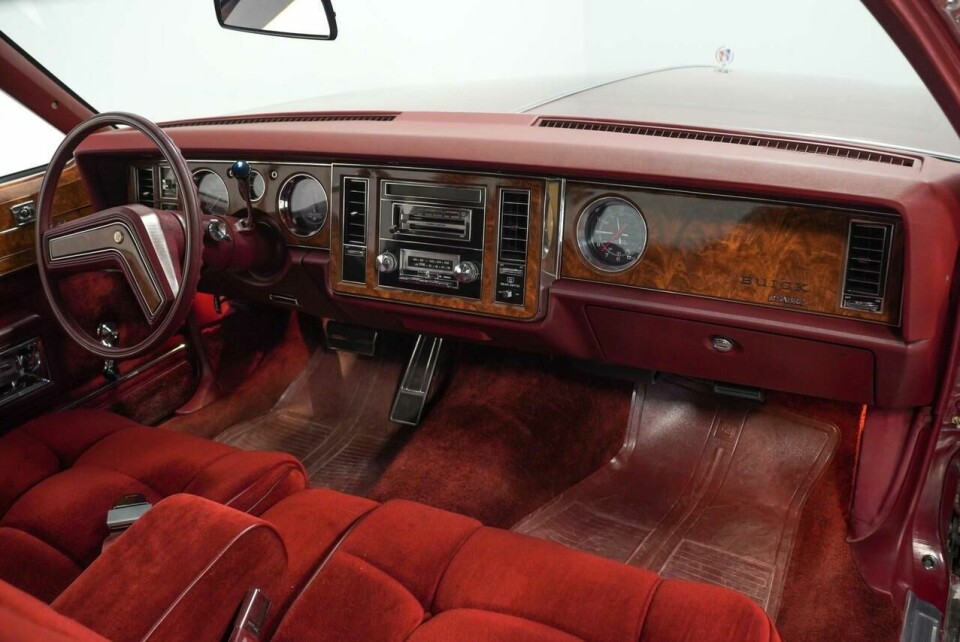
Opinion: Bring colour back to car interiors
Be it vibrant or muted, colour can inject personality and warmth into the car interior so let’s bring it back, says Jens Meiners
Around 20 to 30 years ago, colours in automotive interiors went out of fashion. It was a slow, step-by-step disappearance. Well into the 1980s, you could anything from an Audi 80 to a Buick Le Sabre or a Mercedes-Benz S-Class with interiors that were not just clad in a dull black, grey and beige, but could also be clad in red, brown, blue or green fabrics and leather. And back then, the door panels and dashboard typically matched the seats. Driver and passengers were immersed in colour, in contrast or total harmony with the exterior colour.
I feel nostalgic about colourful interiors, and I believe many heritage cars need specific colours to look and feel just right. Such as a Mercedes-Benz 300 SL Roadster, most impressive with a silver exterior and red interior, a classic Maserati with an exterior in blue chiaro and a cream interior – or, my personal favourite, pre-facelift Lancia Gamma Coupé with blue velours and cream-colored seatbacks (coincidentally, I want velours to make a comeback). For a future classic, haven’t you admired the Lexus LC 500 with the three-tone interior in blue, white and orange?
The 1970s were probably the peak of colourful exteriors and interiors, but – while not exactly trending – they were present well into the 1990s. And in the 1990s and early 200s, even grey seats were often adorned with more or less sophisticated, post-modern colour patterns. Whereas today, the colours in most automotive interiors provide next to zero excitement and stimulation.
There are legitimate reasons for this loss. A lot of challenges simply weren’t there a few decades ago – such as stringent durability requirements (that often exceed the lifetime of a car), evaporation and emissions from colours and the recyclability issues. All of this needs to be taken into account, tested and certified.
Moreover, a greater palette of colours inserts complexity into the supply chain and production process. Additional colours run counter to the desired simplification of vehicle line-ups and the still-prevalent shift towards pre-packaged models as opposed to the custom-ordered automobile. And let’s not forget that cheaper materials don’t stand out quite as obnoxiously when they come in dark and dull colours.
Nothing says “luxury” like a burgundy interior, nothing conveys classic car vibes like dark green or cognac seats
The blame doesn’t lie solely with carmakers: Customers are more risk-averse than ever. An increasing number of buyers see their car as a soulless device that has to function, and they tend to play it safe with their colour choices in order to keep a high resale value down the road. Plus, dark and colourless interiors conform to the cliché of “sportiness”, and thus don’t require defending an extravagant choice to passengers.
Yet not all is as gloomy as most contemporary colour and trim options. For one thing, colourful interiors never went out of fashion in upper luxury class brands such as Bentley, Ferrari or Rolls-Royce. Their customers always had the taste and self-confidence to choose unconventional colours. And for some time, we have seen a bit of trickling down – e.g. in the form of the Mercedes-Benz “maritime” interiors, the colourful accents in the BMW M3, or the remarkable colour and trim options in the Genesis GV60, which – in good 1970s and 80s fashion – extend to the entire interior beyond the seats and door panels.
And there is a slow comeback of blue and light grey interiors on electric cars, sometimes combined with copper accents. They help achieve a “pure” look and feel, and a welcome differentiation from conventional cars. On many new cars, ambient lighting can be configured to shine in all colours of the rainbow, and that is a great development, too. There’s still a lot of potential in décor panels: It would be good to see naturally coloured wood make a comeback, hopefully at the expense of the cheaper varieties of “piano black” and “carbon fibre” décor.
Let’s stop dismissing a beautiful differentiator that can underscore a vehicle’s personality and match it to its driver like few other features. Nothing says “luxury” like a burgundy interior, nothing conveys classic car vibes like dark green or cognac seats, nothing enhances the feeling of effortless wafting like an airy, light-coloured cabin. I think it’s time for an automotive colour revolution.
